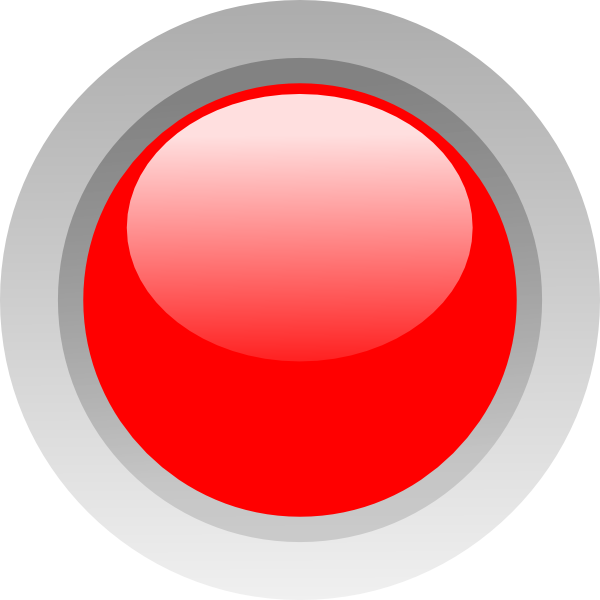

When an LED is forward biased, then the free electrons from the N-type region gain enough energy to cross the junction and recombine with the holes in the P-type region. When the LED’s anode (positive) terminal is connected to the positive terminal of dc power supply and the cathode (negative) terminal is connected to the negative terminal of dc power supply then the PN junction is forward biased. The LEDs can emit light when it is in the forward bias condition. It allows the flow of current in the forward direction (forward biased) and blocks the current in the reverse direction (reverse biased). The LED Light Emitting Diode works like a regular diode. When free electrons and holes recombine with the opposite charge carriers in the active region, then energy release in the form of invisible or visible light. When the flow of current in the forward direction in LED (LED is forward biased), then the free electrons from n-type semiconductor and the holes from p-type semiconductor are pushed towards the active region. The active region also has known as the Depletion region. The N-type region has free elections, the P-type region has holes and the active region has both free electrons and holes. The top layer is called the P-type region, the Middle layer is called the active region and the last or bottom layer is called the N-type region. These three semiconductor material layers are made in three different regions. The construction of a light-emitting diode or LED is very simple to understand, it is made by depositing the three layers of semiconductor material on a substrate.

This total mechanism is covered by a transparent solid and plastic epoxy resin hemispherical shaped shell body that protects the LED from atmospheric disturbances, vibrations, and thermal shock. So, there’s just a wire that connects it to the anode terminal through the post lead frame. But the semiconductor P-type region is placed at the top. The semiconductor N-type region is placed at the bottom so it’s connected to the cathode terminal through Anvil lead frame. LED has three different methods to identify its terminals.

These are one is positive or anode and another one is negative or cathode. Light Emitting Diode or LED Pinout or Pin Diagram When the current flow in the forward direction then LED releases energy in the form of photons. The LED or Light Emitting Diode allows the flow of current in the forward direction and blocks the current in the reverse direction. The Light Emitting Diode is a special type of p-n junction diode which is made of special type doped semiconductor materials. The word LED meaning or LED full form is Light Emitting Diode. The LED is a two-terminal semiconductor light source that emits light when current flows through it. Construction of LED or Light Emitting Diode.Light Emitting Diode or LED Pinout or Pin Diagram.


 0 kommentar(er)
0 kommentar(er)
